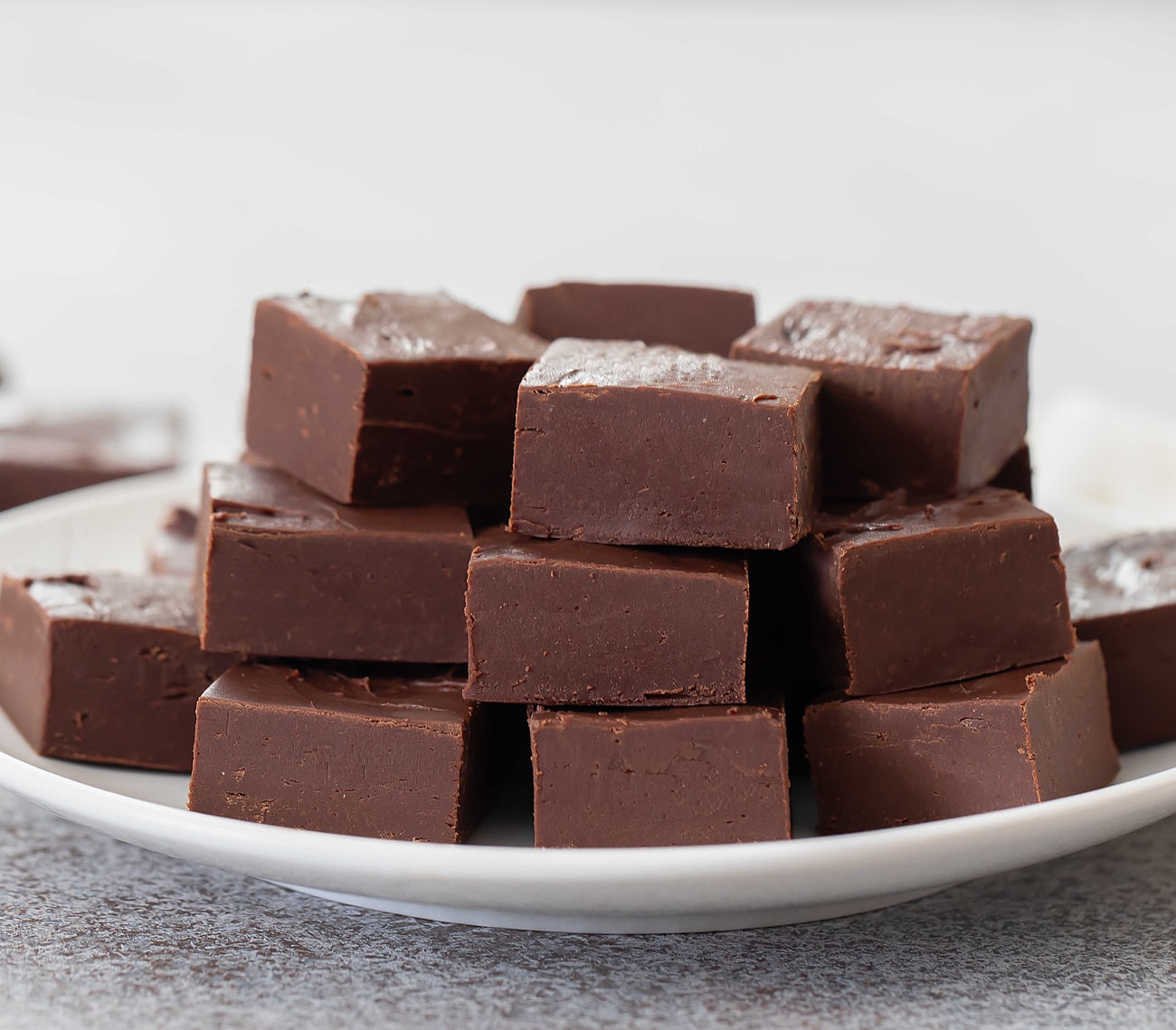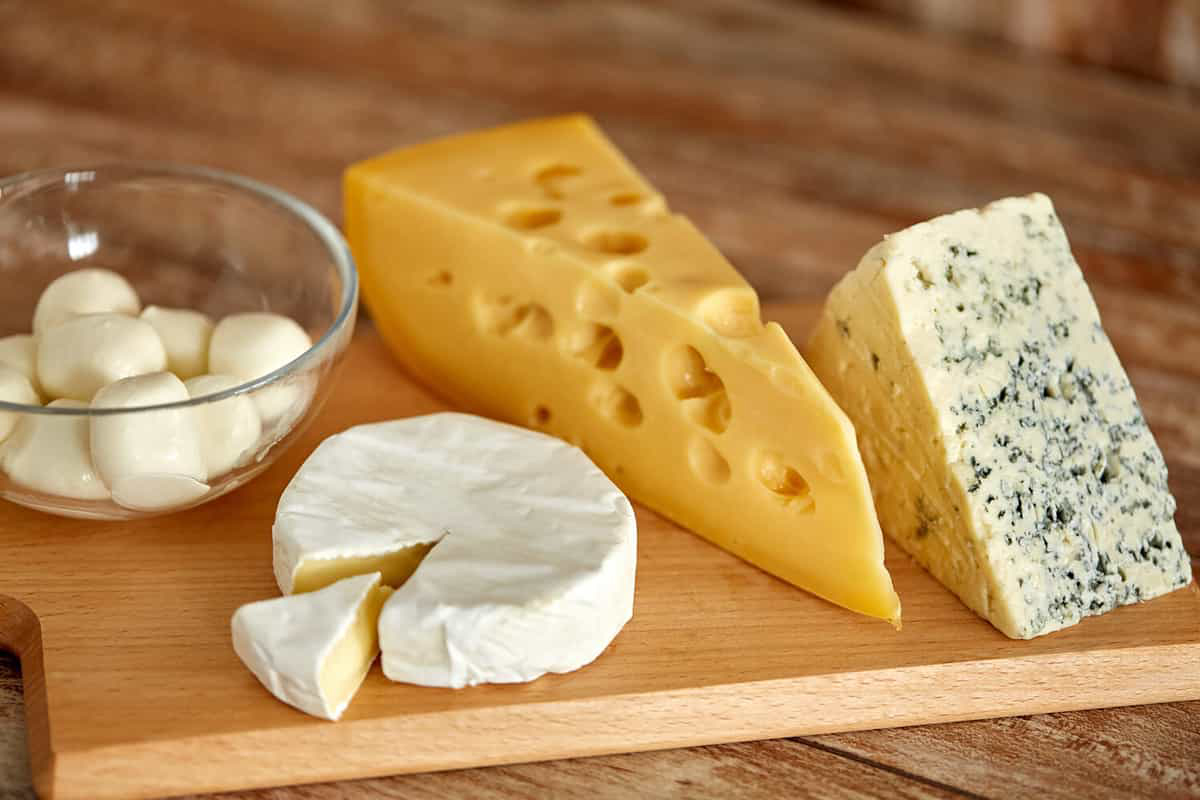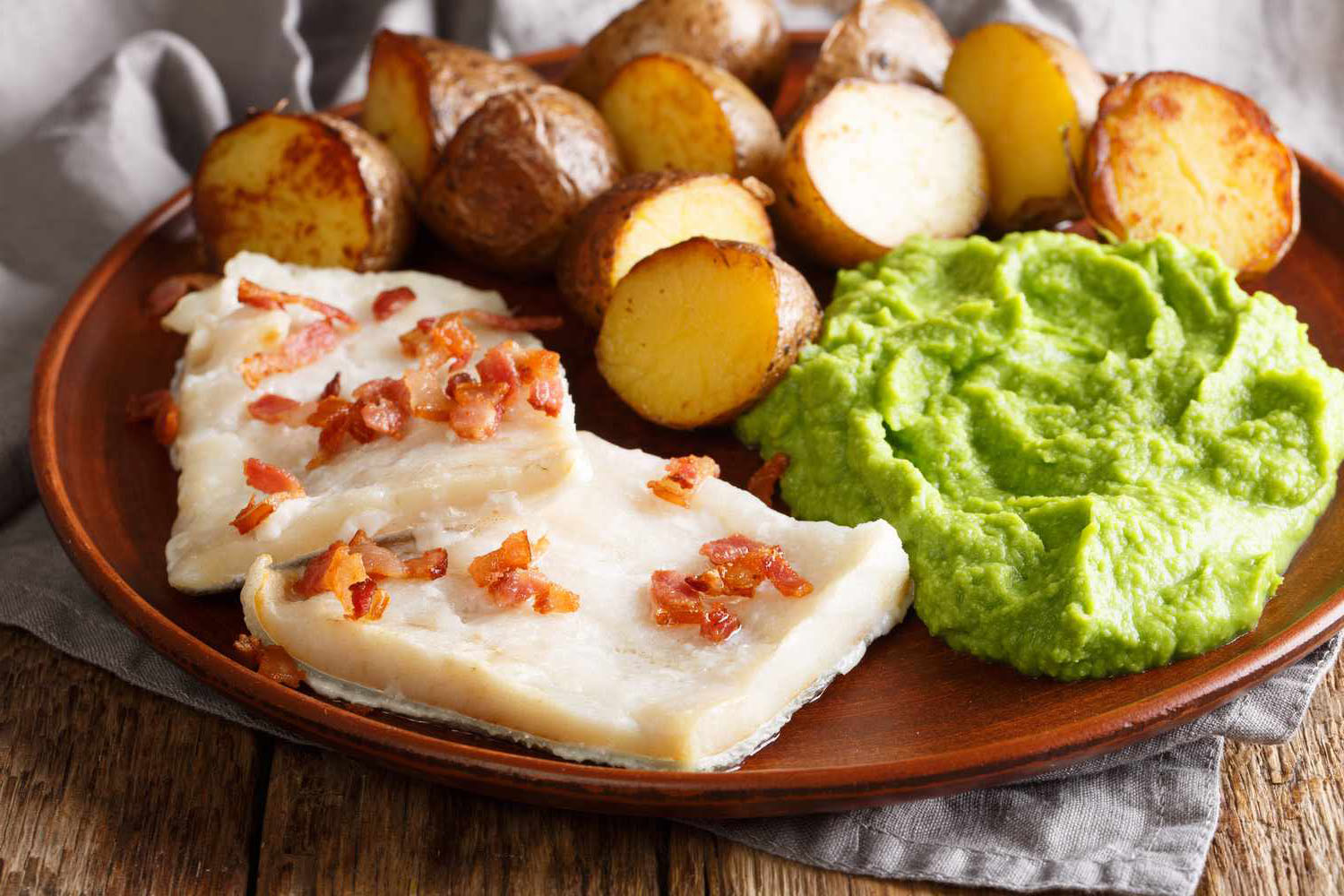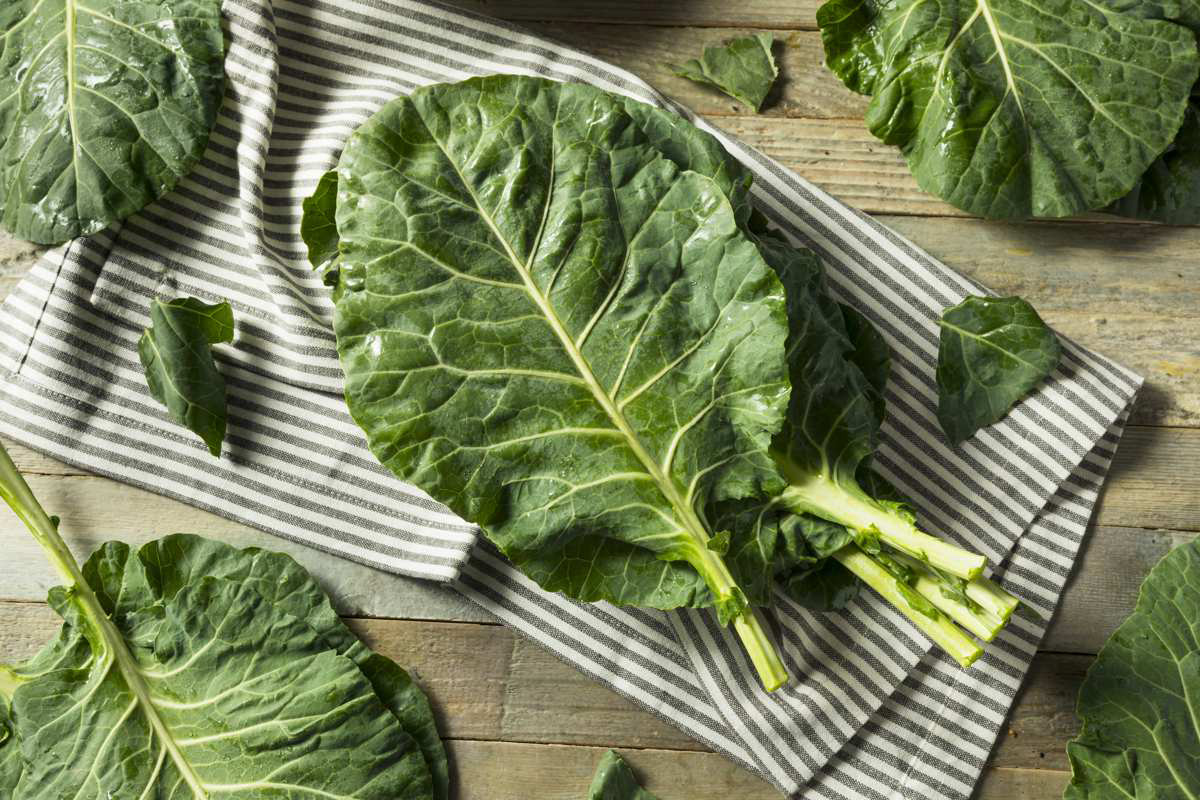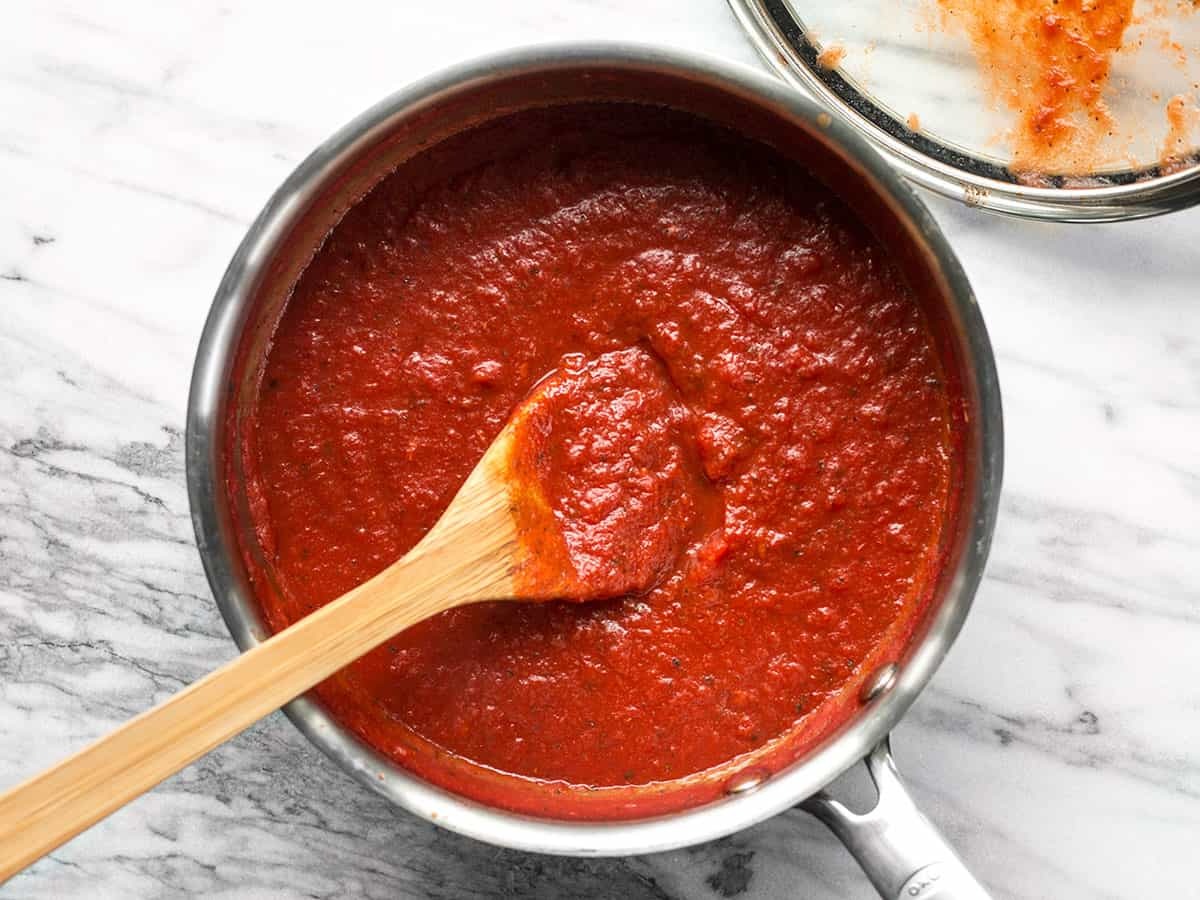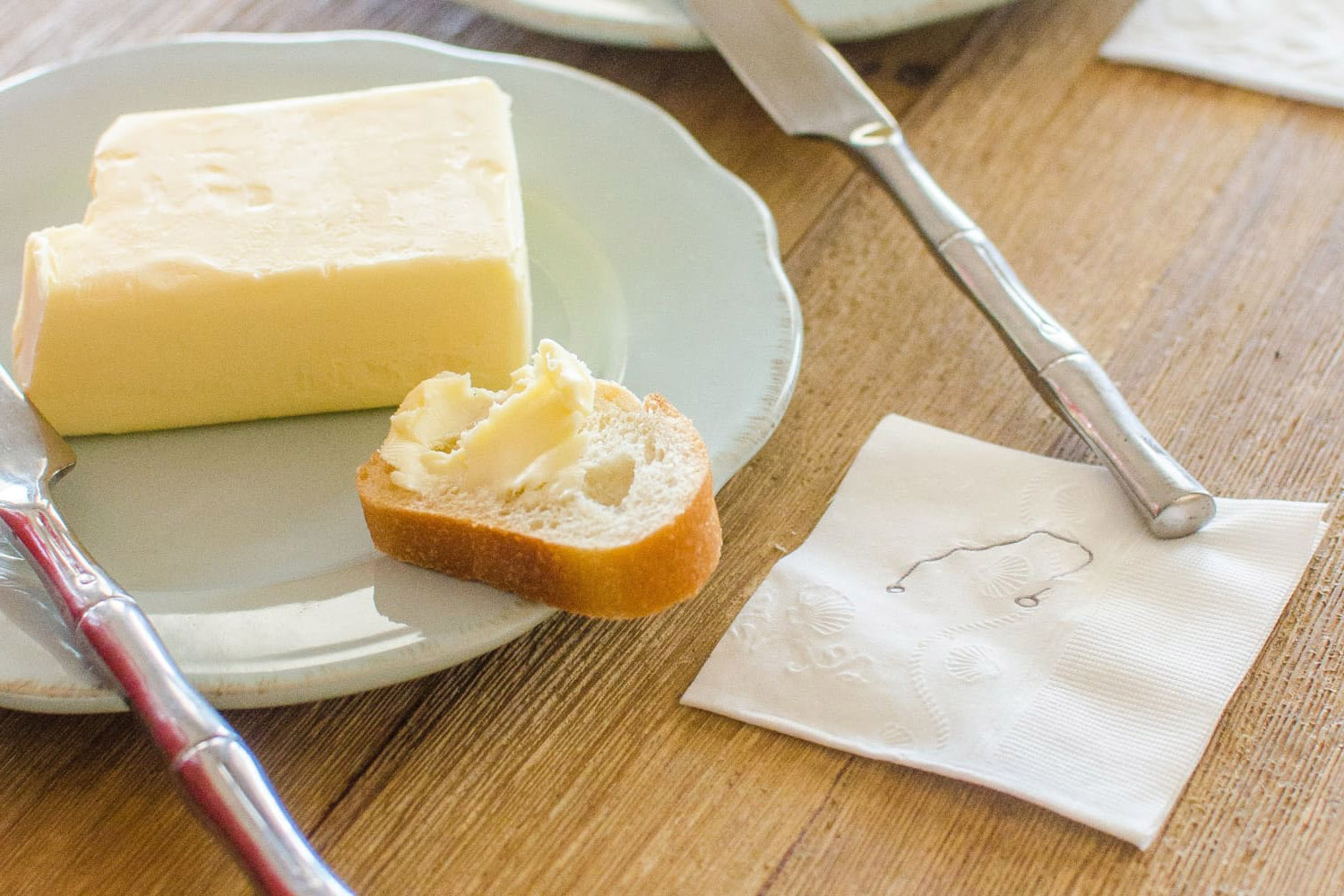Understanding the Difference Between Pico De Gallo and Salsa
When it comes to Mexican cuisine, two popular condiments that often cause confusion are Pico de Gallo and Salsa. While they may appear similar at first glance, there are some key differences that set them apart. Let’s delve into the nuances of these two flavorful accompaniments.
Pico de Gallo
Pico de Gallo, also known as salsa fresca, is a fresh, uncooked mixture of chopped tomatoes, onions, cilantro, jalapeños, and lime juice. This vibrant and chunky condiment is known for its crisp texture and bright flavors. Pico de Gallo is typically served as a topping for tacos, fajitas, or grilled meats, adding a burst of freshness to the dish.
- Ingredients: Tomatoes, onions, cilantro, jalapeños, lime juice
- Texture: Chunky
- Preparation: Uncooked
- Flavor: Fresh and tangy
Salsa
Salsa, on the other hand, is a broader term that encompasses a variety of sauces in Mexican cuisine. It can be cooked or uncooked and may include a wider range of ingredients such as tomatoes, tomatillos, chilies, onions, and various spices. Salsa can be smooth or chunky, and its consistency ranges from thin and liquidy to thick and hearty. It is often used as a dip for tortilla chips or as a topping for enchiladas, burritos, and other Mexican dishes.
- Ingredients: Tomatoes, tomatillos, chilies, onions, spices
- Texture: Variable (smooth or chunky)
- Preparation: Can be cooked or uncooked
- Flavor: Versatile, depending on the ingredients used
Key Differences
While both Pico de Gallo and Salsa contain similar ingredients such as tomatoes and onions, the main differences lie in their texture, preparation, and usage. Pico de Gallo is always chunky and uncooked, emphasizing the freshness of the ingredients, while Salsa can vary in texture and may be cooked or uncooked, offering a wider range of flavors and uses.
So, the next time you’re enjoying Mexican cuisine, pay attention to whether you’re dipping your chips into a smooth, cooked salsa or spooning up a chunky, fresh Pico de Gallo. Each has its own unique characteristics that contribute to the overall deliciousness of the dish.
Now that you understand the difference between Pico de Gallo and Salsa, you can appreciate the nuances of these essential Mexican condiments and impress your friends with your newfound knowledge at your next taco night!
Was this page helpful?
Read Next: What Is Imitation Crab Made Of

